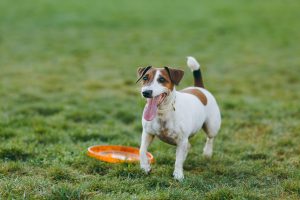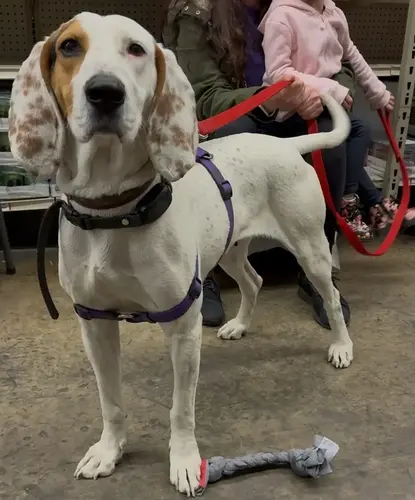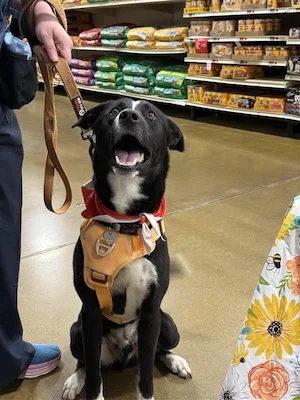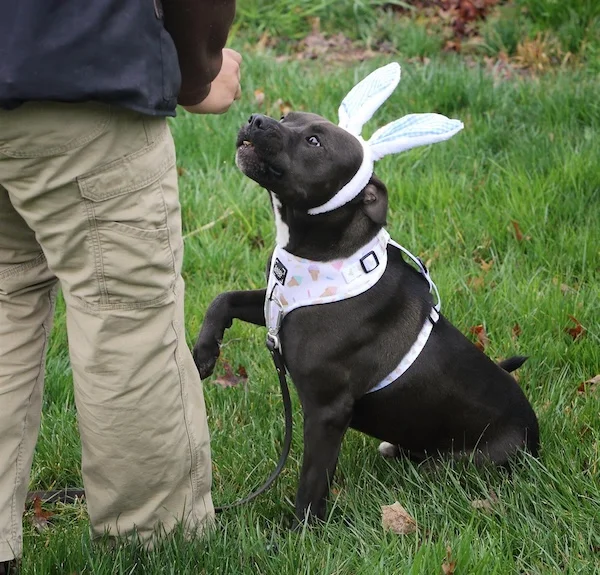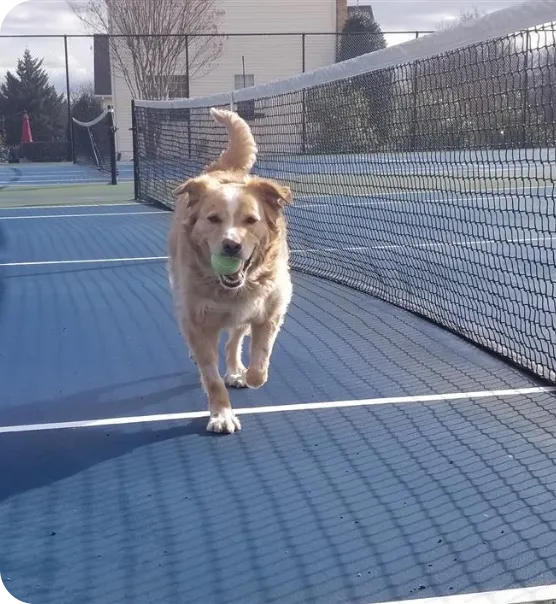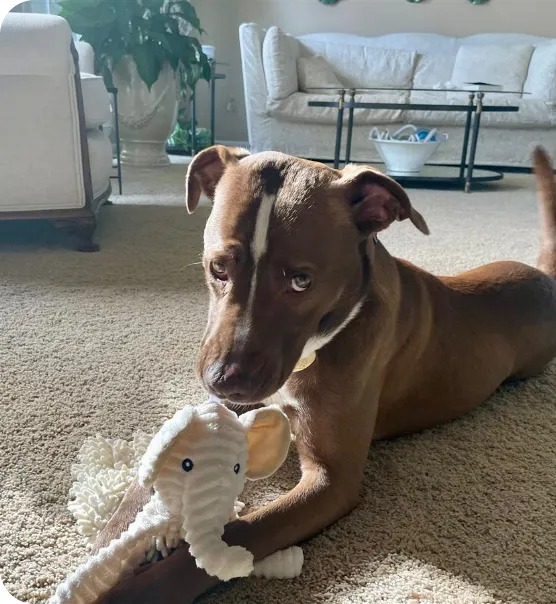5 Effective Ways to Stop Your Dog From Barking Too Much
Bark Much?
Dogs bark in many varieties.
They range from the little yelps to baritone barks.
There are also many reasons why dogs bark. It may be because he is excited, seeking attention, is afraid, or is being territorial. While barking is usual for dogs and at times welcomed (think guard dog), it can also be annoying for you and people around you. Here are some essential steps you can take prevent your dog from barking too much and creating a nuisance around you.
Don’t always give what he/she wants
Dogs will bark when they want something, and you certainly don’t want to feed this habit (quite literally sometimes). Aside from being spoiled, it makes it hard to get your dog back on track with the greater training process. Therefore, refrain from giving what they want when they bark. Doing so will signal your dog that barking is not the right way to do it.
Ignoring your dog is one of the best choices when he or she is always seeking attention, but also one of the more difficult things to do. The trick is to keep ignoring your dog until it stops barking. This will make him understand that barking is not the way to get what they want. In addition, applying a reward system, which will effectively help train your dog. However, every first-time dog owner must know when to reward your dog. You don’t want to mistakenly reward your pup for his bad behavior.
Cover the sources for sight and smell
Sometimes dog barks when they get excited.
It can be anything from looking to smelling something out of the ordinary. One way to prevent this is to block these sources. For example, you can blow a fan right into the space to disperse the smell or put a blind over the window that attracts your dog.
Visualize a cat walking in your front yard and your dog can see it in the window. This would provoke a bark from most new dogs. Replace the cat with another dog even and the same reaction would be elicited.
When you are not home, and you want to make sure that your dog isn’t making too much noise; put your dog in the area of the house that is far from whatever smells and sights excite him. You can also provide your dog with effective crate training that can make your dog feel secure, thus help prevent anxiety. It’s easy to forget that the behaviors your dog assumes when you are not home will affect their behavior when you are. Training needs to include both.
Don’t forget to make use of the many apps available online to help you monitor your dog when you are away.
Use “Heel exercise” when outside
When dogs are at heel, they are walking calmly next to you. Teach your dog to avoid distraction using heel exercises. Again, apply the reward method to enforce learning.
Whether you are walking your dog or playing at the park, the chances are that your dog will see something that will make him or her excited or even scared, such as other dogs, cars or people. Instruct them to be calm, and when they are not responding, calmly pull your dog away from whatever is causing the distraction. Provide praise or even a treat when they behave calmly.
Provide chewing toys and other exercises
When dogs are bored, they tend to bark for attention. They can be running around and getting a little wild around the house. To calm them down, provide some chew toys and training exercises that can eliminate the boredom. Also, consider bringing your dog to daycare services that provide fun play and training programs.
With dog day care, instead of leaving your dog at home while you are at work, your dog can have a little bit of fun and socialize with friends, just like people need to from time to time
Seek professional help with trainers
Training a dog yourself can be a daunting task. Some people just don’t have the time to do it. If you can’t provide your dog the proper care he needs, maybe it’s time to give it a go at professional trainers. Especially for a first-time dog owner, professional trainers can help ease your way training your dog to be the best pup! There are a lot of good choices out there.

